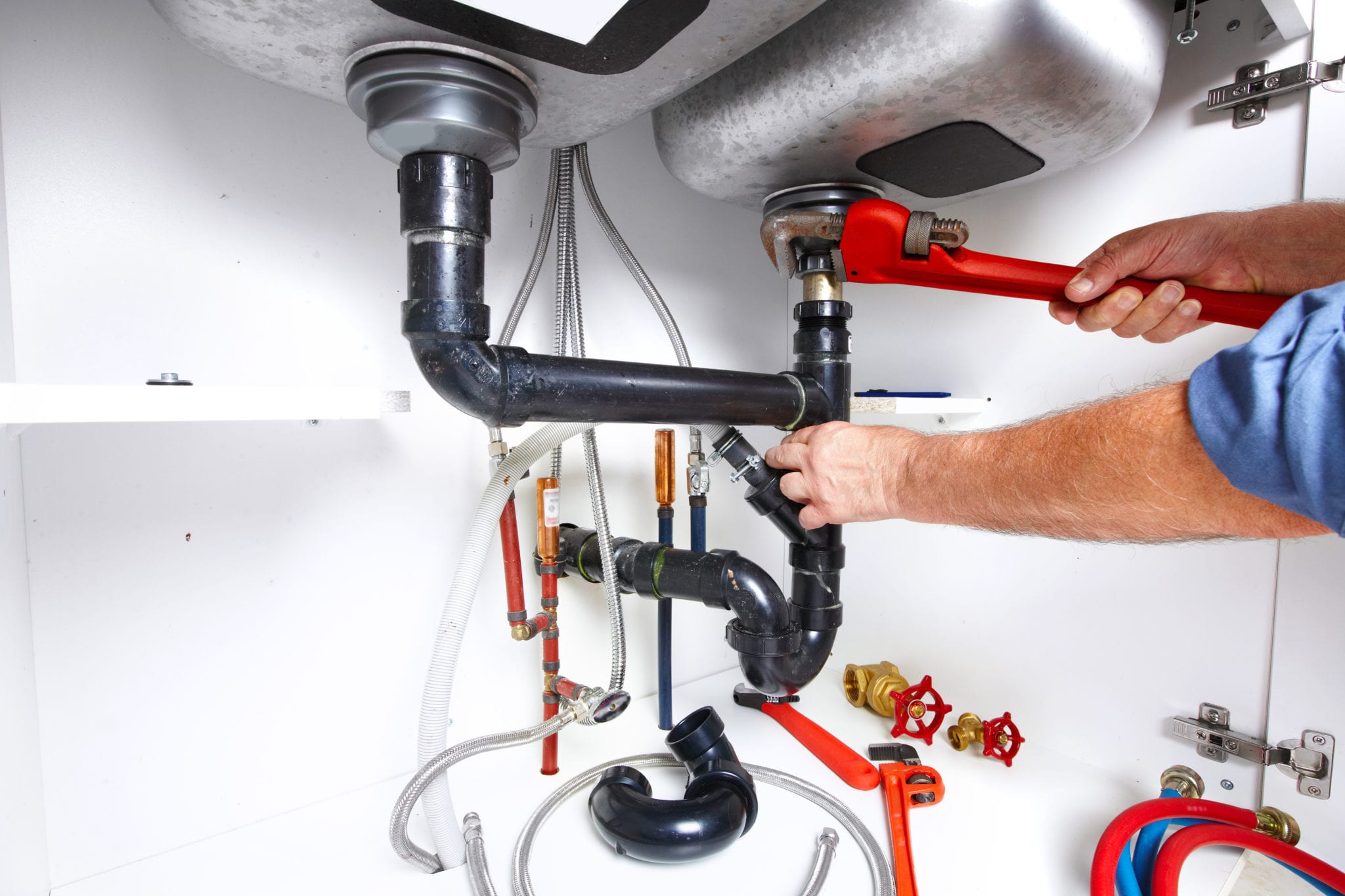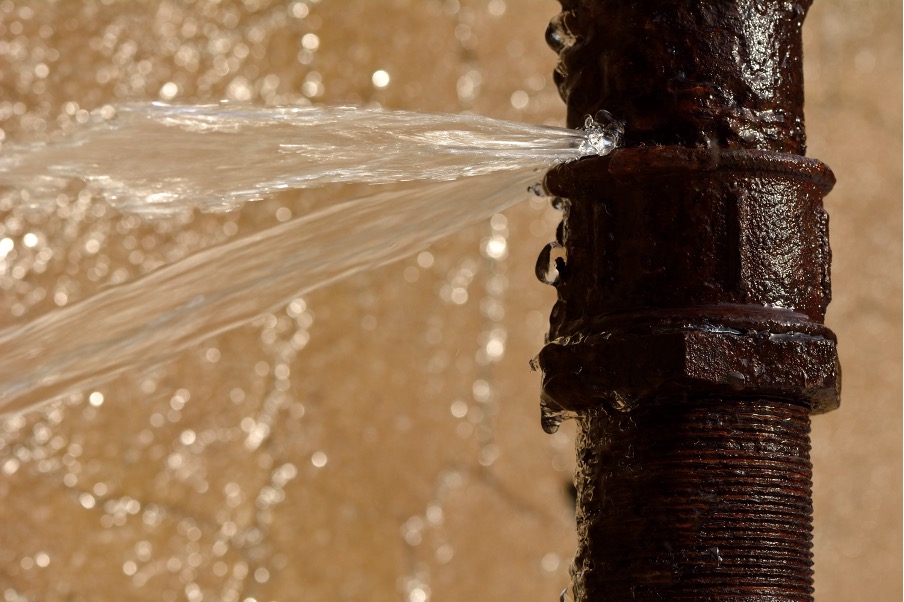How to Locate and also Repair Work Water Leaks-- A Comprehensive Guide
How to Locate and also Repair Work Water Leaks-- A Comprehensive Guide
Blog Article
We have encountered this article about Finding hidden leaks directly below on the net and accepted it made perfect sense to relate it with you here.

Early discovery of dripping water lines can mitigate a possible disaster. In addition to saving you money, it will certainly reduce the aggravation and also disappointment. The minute you locate a leakage, calling your plumber for repair work is the best service. Nevertheless, some little water leakages may not be visible. If you can not detect it with your nude eyes, right here are some hacks that assist.
1. Analyze the Water Meter
Every residence has a water meter. Examining it is a surefire manner in which helps you find leaks. For beginners, turn off all the water resources. Guarantee no person will certainly purge, use the faucet, shower, run the cleaning machine or dishwasher. From there, go to the meter as well as watch if it will change. Since no one is utilizing it, there need to be no movements. That shows a fast-moving leakage if it moves. Likewise, if you find no changes, wait an hour or more as well as inspect back once more. This indicates you might have a slow leakage that might also be underground.
2. Inspect Water Consumption
Examine your water bills and also track your water consumption. As the one paying it, you must discover if there are any kind of inconsistencies. If you detect sudden changes, in spite of your consumption being the same, it means that you have leaks in your plumbing system. Bear in mind, your water bill ought to drop under the same variety on a monthly basis. A sudden spike in your bill suggests a fast-moving leakage.
Meanwhile, a steady rise every month, despite the very same routines, reveals you have a slow leak that's likewise gradually intensifying. Call a plumber to completely inspect your residential property, particularly if you feel a warm location on your floor with piping underneath.
3. Do a Food Coloring Examination
When it comes to water consumption, 30% comes from commodes. If the shade in some way infiltrates your bowl throughout that time without flushing, there's a leakage between the container and dish.
4. Asses Exterior Lines
Don't fail to remember to examine your outdoor water lines as well. Examination spigots by attaching a yard tube. Needs to water seep out of the link, you have a loose rubber gasket. Replace this as well as make certain all links are tight. It will certainly help get it properly analyzed and also maintained every year if you've got a lawn sprinkler system. One little leak can squander tons of water and also surge your water bill.
5. Check and also Analyze the Circumstance
Homeowners ought to make it a routine to examine under the sink counters and also also inside closets for any bad odor or mold growth. These two warnings show a leakage so punctual attention is required. Doing routine assessments, also bi-annually, can conserve you from a significant problem.
Inspect for discolorations and weakening as the majority of pipelines and also devices have a life expectancy. If you believe dripping water lines in your plumbing system, don't wait for it to escalate.
Early discovery of dripping water lines can reduce a potential calamity. Some little water leaks may not be noticeable. Inspecting it is a guaranteed way that aids you find leaks. One little leak can waste bunches of water as well as surge your water bill.
If you presume leaking water lines in your plumbing system, do not wait for it to intensify.
WARNING SIGNS OF WATER LEAKAGE BEHIND THE WALL
PERSISTENT MUSTY ODORS
As water slowly drips from a leaky pipe inside the wall, flooring and sheetrock stay damp and develop an odor similar to wet cardboard. It generates a musty smell that can help you find hidden leaks.
MOLD IN UNUSUAL AREAS
Mold usually grows in wet areas like kitchens, baths and laundry rooms. If you spot the stuff on walls or baseboards in other rooms of the house, it’s a good indicator of undetected water leaks.
STAINS THAT GROW
When mold thrives around a leaky pipe, it sometimes takes hold on the inside surface of the affected wall. A growing stain on otherwise clean sheetrock is often your sign of a hidden plumbing problem.
PEELING OR BUBBLING WALLPAPER / PAINT
This clue is easy to miss in rooms that don’t get much use. When you see wallpaper separating along seams or paint bubbling or flaking off the wall, blame sheetrock that stays wet because of an undetected leak.
BUCKLED CEILINGS AND STAINED FLOORS
If ceilings or floors in bathrooms, kitchens or laundry areas develop structural problems, don’t rule out constant damp inside the walls. Wet sheetrock can affect adjacent framing, flooring and ceilings.
https://www.servicemasterbyzaba.com/blog/how-to-detect-water-leakage-in-walls/

Hopefully you enjoyed our section about Detecting hidden plumbing leaks. Thanks for taking time to read our blog. Do you know about another person who is intrigued by the subject? Why not share it. Thank you for your time. Don't hesitate to check up our site back soon.
Report this page